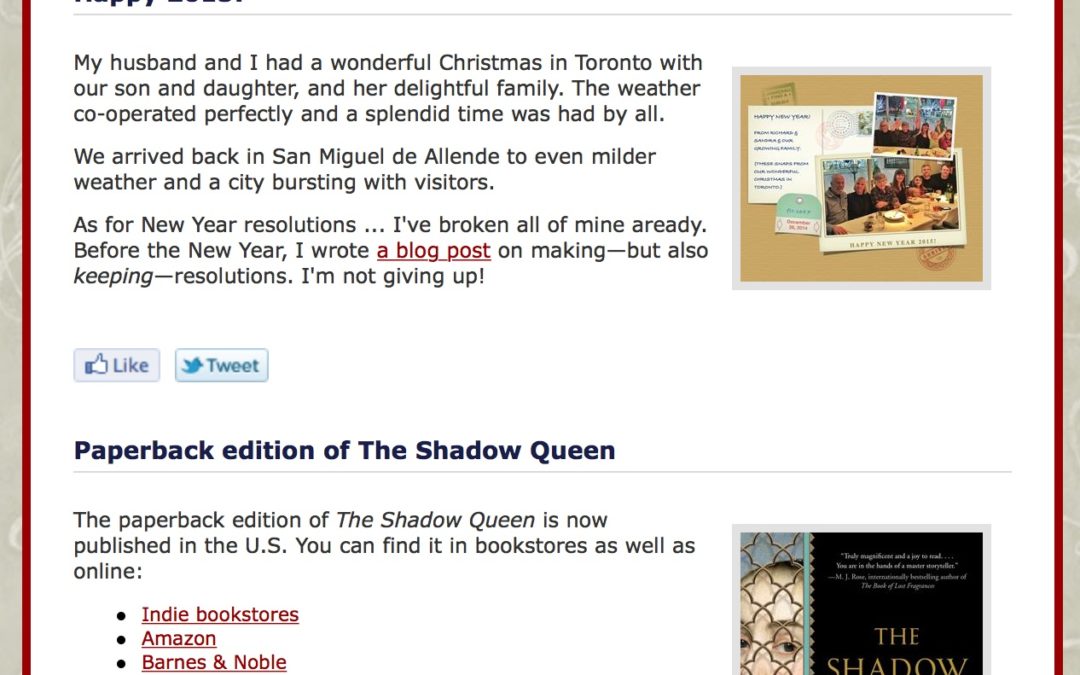
by Sandra Gulland | Jan 7, 2015 | Adventures of a Writing Life, Publication, Resources for Writers, The Shadow Queen, The Sun Court Duet |
Yesterday was a crazy day: I sent out a newsletter, the U.S. paperback edition of The Shadow Queen came out, and — quite by coincidence — my INK e-book edition of The Shadow Queen launched in the UK and beyond.
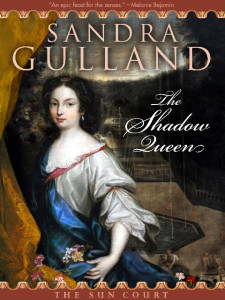
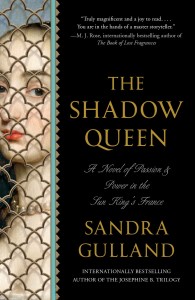
Any one of these requires quite a bit of on-line attention, but to have all three in one morning?
Too much!
By 11:00, I decided I needed a walk, so I went out to buy watercolour supplies for the class I’m taking this afternoon. Very therapeutic!
And soon … to the beach, where I will be reading the 4th draft of The Game of Hope with an editorial eye. I put the novel aside December 1. It will be interesting to read it afresh.
I’m reading:
Publishing 101 by Jane Friedman. Excellent. Highly recommended.
The Book of Strange New Things by Michel Faber. I’m only a few chapters in and I love it already. Will it last? I very rarely read speculative fiction. I suspect this one will hold me.
by Sandra Gulland | Oct 14, 2014 | Adventures of a Writing Life |
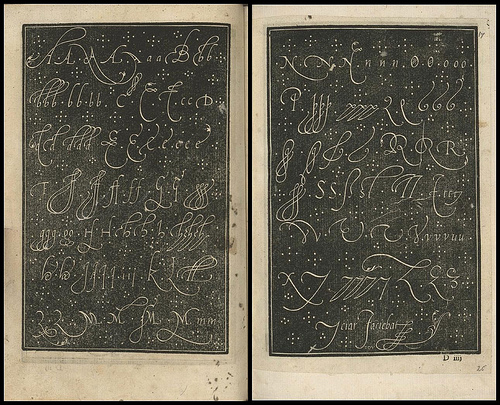
A reader asks:
“I’ve written my second novel and I just can’t seem to get it to the next step. I’m stuck in the querying process and it is quite the daunting process indeed.”
Daunting: yes.
Perseverance is key
Perseverance is the key to succeeding as a writer:
- perseverance in continually learning about the craft,
- perseverance in not being discouraged by rejection (and even learning from it),
- perseverance in never giving up.
All of your questions (and more) will be answered in this excellent YouTube video interview by John Truby.
John Truby is a screenwriter, director and teacher of screenwriting. He has a very great deal to offer on the craft of story, so centrally important to novels as well as film.
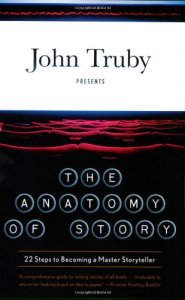
In terms of plot craft, Truby’s book, Anatomy of Story, is excellent, but an even better book—at least to begin with, I think—is Save the Cat, by Blake Snyder. It is short and to-the-point.
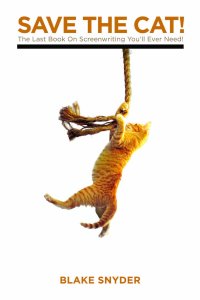
Study the craft, revise, persevere.
(While you are waiting for responses to your second novel, you are working on your third novel: right?)
For more in this Writer’s Routine series:
A writer’s routine: how many … hours, days, words?
A writer’s routine: pantster or plotter?
A writer’s routine: how to get into a creative head space
A writer’s routine: evolving what works
A writer’s routine: where to write
A writer’s routine: on resisting an outline
A writer’s routine: how to be productive
A writer’s routine: on hunting & gathering
Image at the top from “A Most Delicate Art” at BibliOdyssey.
by Sandra Gulland | Oct 7, 2014 | Adventures of a Writing Life |

Update!
We’re back from a trip to London and Paris—I’ve a lot to absorb! No wonder I feel so “lagged” (not just jet-lagged).
Today I began the read/edit of the 4th draft of The Game of Hope. I always think I can whip through a manuscript in a matter of days—this one is only 70,500 words, after all—but I began this morning at 6:00, and I’m only on page 41.  (Sorry, I couldn’t resist an emoticon.)
(Sorry, I couldn’t resist an emoticon.)
Not that there isn’t a lot going on.
I’ve been posting a blog series on writing, a lovely thing to do when not writing. My latest post: A writer’s routine: on hunting & gathering. I hope to pull them all together for a modest Sandra Gulland INK e-book publication.
Speaking of INK publications, we have a beautiful cover by Kris Waldherr for the INK edition of The Shadow Queen.
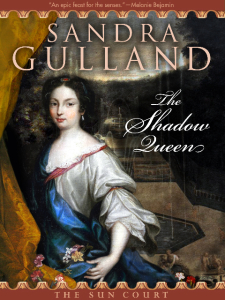
I’m turning 70 —  (heh) — in one month, and I admit that it’s throwing me for a bit of a loop. Normally I’m fine with birthdays; I celebrate them! But 70?! How did that happen? I’ve been too busy to notice.
(heh) — in one month, and I admit that it’s throwing me for a bit of a loop. Normally I’m fine with birthdays; I celebrate them! But 70?! How did that happen? I’ve been too busy to notice.
To be thrown for a loop: such a curious phrase. According to one Net site, the loop “alludes to the comic-strip image of a person pushed hard enough to roll over in the shape of a loop.” Another says that “loop” refers to the force of a train, plane, or roller coaster when it travels in a loop, causing your head to spin. And yet another, of a calf brought down by a lariat looped around a leg. All very colourful. I’ll go for the comic-strip image.
Re. the craft of writing, this is a wonderful interview with John Truby, author of Anatomy of Story. Everything he says about scriptwriting applies to novels.
What I’m reading:
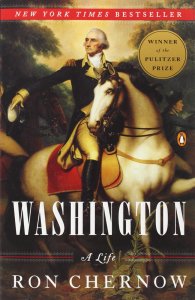
I’ve been listening to the biography Washington: a Life by Ron Chernow. (It’s excellent.)
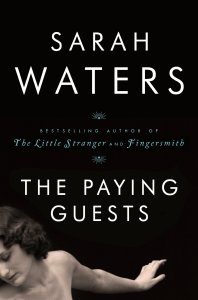
The Paying Guests by Sara Waters, also excellent.
I’m also reading, for research, a number of books, but I’ll just mention here a book on Fanny Burney which includes snippets that were deleted from her diaries, many having to do with the mundane details of daily life. Of course I love it.
The image at top is of the novelist Madame de La Fayette, also weary.
by Sandra Gulland | Sep 30, 2014 | Adventures of a Writing Life |
A friend asks:
When you first started your career as a writer, was there something you were doing each day, which you now know to be unproductive?
When I look back on my early days, in fact, I’m amazed that I accomplished as much as I did. My husband was often away, and I had two children, a dog, horses, a garden and chickens to look after. Plus, I was still editing free-lance and active in my community: co-editor of a newsletter and volunteer principal of an alternative school.
How did I do it?
The magic word: no
The answer, in part, is that I was young, but mainly I learned to start saying NO—perhaps the most important word in a writer’s vocabulary.
When I got the contract to write the Trilogy the first thing I realized is that I would have to give up my community volunteer work.
I didn’t want to, but there is a limit to how much one can do. I couldn’t fool myself into thinking that my life would carry on a usual and that somehow these novels would magically get written. Something had to give.
I also put my paid editorial work on the back burner: I gave my best hours—my morning hours—to writing.
A novel needs room to grow. Ask yourself: What can I give up? How can I make more time in my day?
Make writing the priority. Put it at the top of your To Do List.
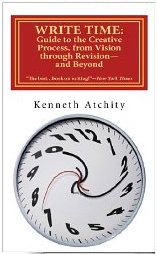
Write Time: Guide to the Creative Process, from Vision through Revision-and Beyond (formerly titled A Writer’s Time) by Kenneth Atchity is a good book on how to get a book written and—most importantly—revised. Unlike a lot of books on writing, his is practical, the nuts ‘n bolts of tackling a big job.
One of Atchity’s suggestions that I have found useful all these many years is to include holidays in the writing process: by finishing drafts before a holiday, you give it time to “age,” and return to it with a fresh perspective.
Also in the making-breaks-work-for-you vein (a blog post): The New Habit Challenge.
Other posts in this series:
A writer’s routine: how many … hours, days, words?
A writer’s routine: pantster or plotter?
A writer’s routine: how to get into a creative head space
A writer’s routine: evolving what works
A writer’s routine: where to write
A writer’s routine: on resisting an outline
{Illustration at top is from “A Most Delicate Art” at BibliOdyssey.}
by Sandra Gulland | Sep 28, 2014 | Adventures of a Writing Life |
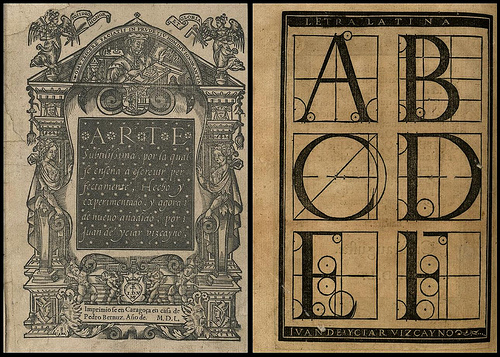
A friend asks:
What have you learned over the course of your career that you wish you knew at the beginning, in terms of your writing routine/productivity?
I wish I had known how important it was to outline before beginning to write. I might have saved myself years of fruitless effort.
Resisting outlining
Like all novice writers, and many very experienced writers as well, I detested the thought of outlining in large part because I didn’t understand that an outline is an early draft (a conceptual draft) of the story, but also because I associated outlining with the dreaded word plot.
One reason I initially leaned toward writing historical fiction was that I mistakenly thought that the plot was already there, laid out before me in the historical record.
Wrong, wrong, wrong!
I also felt that since I was “no good” at creating a plot, I would be sidestepping this weakness by writing biographical historical fiction.
Wrong again.
What I’ve learned over all these many years is that:
1) history is merely the stuff from which a plot must be created;
2) a writer can — and must — learn about plotting.
What’s wrong with being a Pantster?
Some writers—often the “pantsters,” those who proclaim against outline—have an intuitive feel for story, gleaned from decades of reading and revising. They also usually take years longer to find their story arc.
A novel will take years to write one way or another, but without a plot outline, it will take—I venture to guess—twice as long.
So you decide:
a pantster novel: 8 years
a plotter novel: 4 years
But aren’t plotter novels “commercial,” and pantster novels “literary”?
Wrong again. There are both plotter and pantster novelists in every genre.
Why writers resist writing an outline …
1) It’s hard.
2) It’s abstract, conceptual.
3) (For some) One needs to—or should—first study the mechanics of plot.
Imagine that you are going to build a house. It’s kind of fun to think of ordering in piles of lumber and just begin sawing and hammering away.
You can see where this is leading.
Instead, of course, a builder begins with a plan, a plan that will go through many, many drafts. Once the plan is fully refined, the building begins. But even then, changes will be made and it’s “back to the drawing table,” as they say.
In the case of a novel, rather large changes will often be made, and then, too, it’s “back to the drawing table”—that is, back to the outline.
The many shapes and sizes of an outline
There is a mistaken idea that an outline puts a writer in a straightjacket and that the actual writing then becomes formulaic, mechanical and … Well, one often sees the word boring used.
This is not how it works.
A novel is conceived in imagination. And then notes. And then more notes: voices, scenes, snippets of dialogue. These begin to congeal, cluster, take form. At some “quickening” point, these notes can be laid out (or, if on computer, shifted around) to form a story arc.
And there you have it: an outline. It may be a one-page sketch, a stack of index cards, or a 40-page document. (My preference at this time is to create a scene-by-scene outline.) There will be gaps, places you know something has to happen, but you don’t yet know what it is or how it’s going to come about. What you do have is a shape: a beginning, a middle and an end.
For the next draft, the first in fully written form, and for all the many drafts that will come after, many things will change. But without an initial “conceptual” draft, you will be looking for the story instead of fulfilling the story: and that’s the difference.
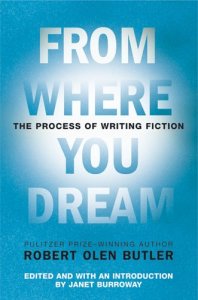
Required reading! From Where You Dream: The Process of Writing Fiction, by Robert Olen Butler—specifically Chapter Five, “A Writer Prepares.”
When it comes to plot, I’m a big fan of books by screenwriters, the plot-masters. Here are my favourites:

Save the Cat, by Blake Snyder. I especially recommend this book because it is short, amusing, and to the point.
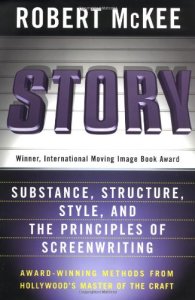
Story, by Robert McKee.
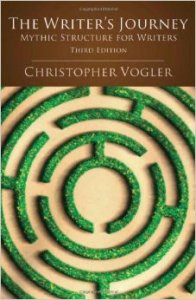
The Writer’s Journey: Mythic Structure For Writers, by Christopher Vogler. I love this book. It’s especially relevant with respect to character, and the role of different characters in a story.
For these and other books on screenwriting: “Top 10 Screenwriting Books.”
Other posts in this series:
A writer’s routine: how many … hours, days, words?
A writer’s routine: pantster or plotter?
A writer’s routine: how to get into a creative head space
A writer’s routine: evolving what works
A writer’s routine: where to write
{Illustration at top is from “A Most Delicate Art” at BibliOdyssey.}

















